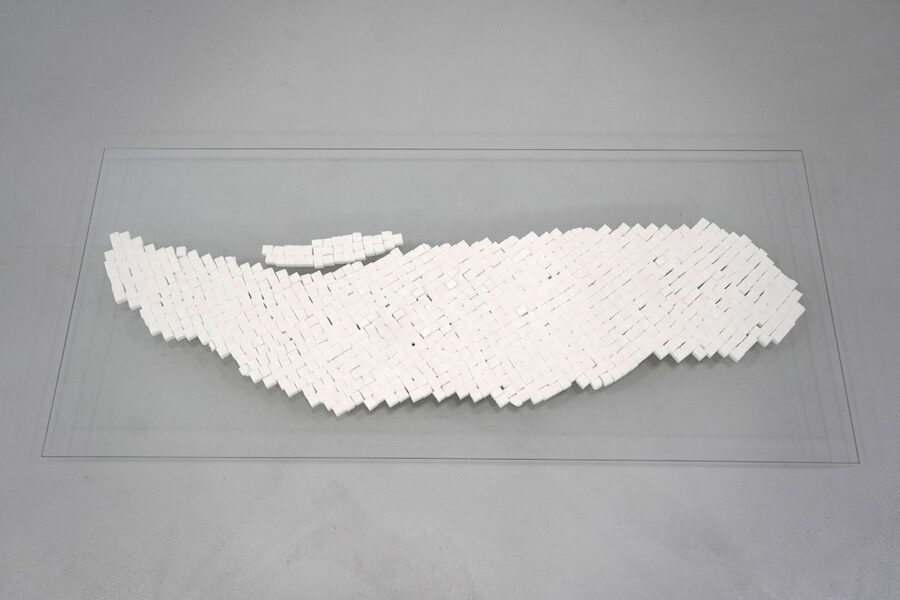From Centuries Ago to Eons to Come
The project thematises the concept of migration by linking two different islands located along the Danube, one that was submerged – Ada Kaleh and one that is arising – Insula K.
Ada Kaleh island dubbed by the Ottomans “the Key to Serbia, Hungary and Romania”, was first mentioned by Herodotus, inhabited by Teutonic Knights in the 15th century, and disputed by the Austro-Hungarian and Ottoman Empire over two centuries. In 1923 through the Treaty of Lausanne the island became independent and voted to join Romania. In 1970 the island was submerged during the construction of the Iron Gates hydroelectric plant. The communist regime planned to move the population of the island and most of the buildings, downstream, on Șimian Island, but the attempt failed. Almost all of the inhabitants of the Orsovostrvo, the Serbian name of the island, relocated in Dobrogea and a small part to the neighbouring towns of the island.
The work focuses on the “geophilosophical” aspects of deterritorialization and reterritorialization relations, what was once the Jewel of the Danube began to move after its immersion. The river continuously transports earth from the former island, downstream to the mouth of the Sulina branch, in Musura Bay. Here, the dark soil brought by the river, mingles with the yellowish sand of the Black Sea and form the Island K. For the moment, this small piece of land stands at the middle, between the former island Ada Kaleh and the Turkish shore of the Black Sea, and represents merely a safe place for the migratory birds to rest.
The works that make up the exhibition were made on the basis of an artistic research that documents through image, object and installation aspects of some physical and conceptual territories in permanent transition.




















